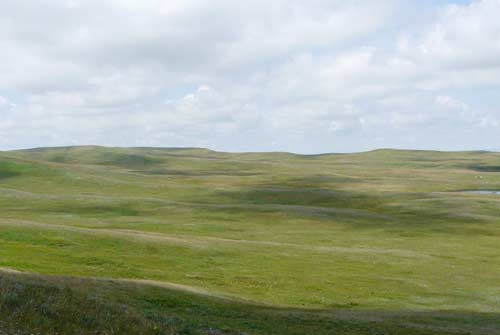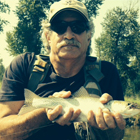SCB's Ecological Footprint Committee (EFC) is excited to announce a unique opportunity for student members to help the Society assess its ecological footprint and to identify and report on SCB's carbon offset projects.
The committes seeks student members who have experience in carbon neutrality and who are eager to learn.
 |
|
The Baviaanskloof Megareserve in South Africa is the site of SCB's first carbon offset project. More than 98 percent of the attendees of SCB's 2007 ICCB in South Africa paid a voluntary surcharge on their meeting registration to support a thicket restoration project in the megareserve to help offset the Society's carbon footprint. Photo by Ron Abrams. |
The Baviaanskloof Megareserve in South Africa is the site of SCB's first carbon offset project. More than 98 percent of the attendees of SCB's 2007 ICCB in South Africa paid a voluntary surcharge on their meeting registration to support a thicket restoration project in the megareserve to help offset the Society's carbon footprint. Photo by Ron Abrams.
Since 2007, SCB has worked to set an example as a carbon-neutral NGO, including self-assessments and supporting carbon offset projects for participant’s travel to conferences. At the outset a small group of committed individuals created a self-assessment model that now needs updating, partly due to advances across the globe in such efforts, but also because we made changes to our own behavior (from what we learned from our own assessments).
 |
|
SCB's latest carbon offset project (2010 - 2013) is the Wild Rose Conservation Site, a rolling landscape of native mixed grass prairie in southern Alberta, Canada. SCB's investment in site, along with partner organizations, has helped to restore and protect native grasslands, which will yield sequestration and long-term storage of carbon in the soil for less than $6 tonne-1 of CO2 equivalents. Photo by Randy Lee. |
SCB's latest carbon offset project (2010 - 2013) is the Wild Rose Conservation Site, a rolling landscape of native mixed grass prairie in southern Alberta, Canada. SCB's investment in site, along with partner organizations, has helped to restore and protect native grasslands, which will yield sequestration and long-term storage of carbon in the soil for less than $6 tonne-1 of CO2 equivalents. Photo by Randy Lee.
Please let us know if you would be interested in taking on one of the following roles:
- Data management – maintain excel sheets and other methods to be decided.
- EO Liaison - responsible for collecting raw data from the SCB Executive Office (EO) Operations (including congresses, staff travel, etc.) and the Smith Fellows Program.
- SCB Sections liaison – responsible for collecting raw data from all the regional conferences.
- Investigator of Green House Gas Accounting – responsible for investigating the practices of corporations that donate to SCB.
The chair of the committee is Ron Abrams who will coordinate and oversee each of the above portfolios and write the basic reports.
The new advances in the IPCC protocols and the new spirit after Paris 2015 are fuel for SCB to make more of our EFC activities.
Please email EFC Committee Chair Ron Abrams if you have questions or if you're interested in joining the committee by 13 February 2016 (this is an extended deadline).
